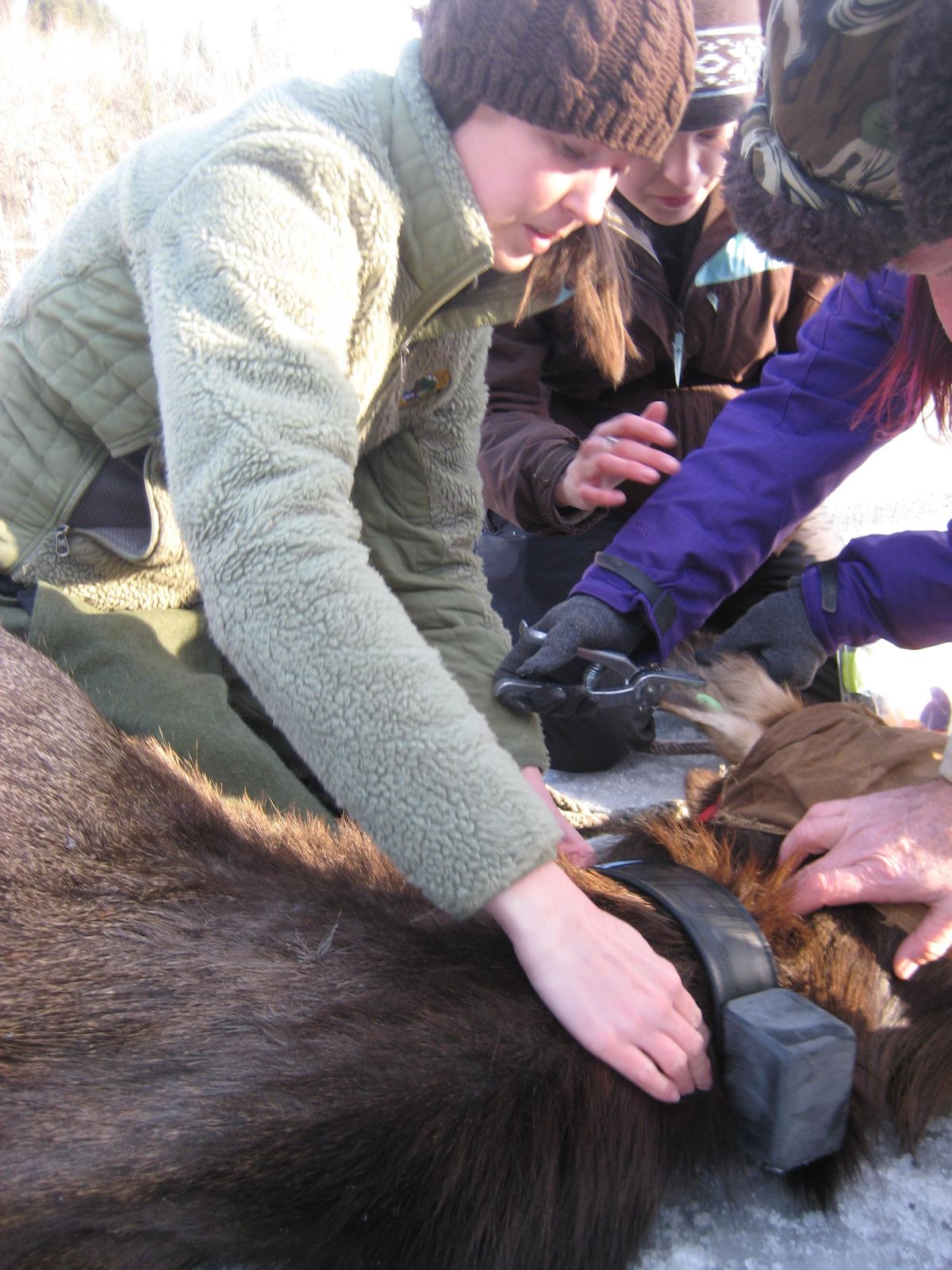Helicopters taking flight for Idaho Fish and Game Panhandle elk study

The mortality rate for young elk shows just how tough the past two winters have been for the large ungulates in North Idaho.
In 2018, 40 percent of all elk calves collared as part of the Idaho Panhandle elk survival study died. In 2017, 50 percent of all collared young elk perished, said Barb Moore, an Idaho Fish and Game regional wildlife biologist based in Coeur d’Alene.
“We had two back-to-back heavy years,” Moore said.
She’s hoping that this winter, which is projected be relatively mild, helps the population rebound.
During more mild winters, roughly 80 percent of all elk calves survive, she said.
The study, entering its sixth year, attempts to track where elk go throughout Idaho and how they die. Starting this week, officials will be use low-flying helicopters to tranquilize the animals and place a GPS collar on them. They hope to collar an additional 60 calves this year, Moore said.
Unlike previous years, Moore said the agency won’t put any new collars on cow elk because their survival rates have hovered around 94 percent, regardless of winter conditions. Currently, 130 cows are collared.
Instead, the agency will focus on collaring more calves.
“Calf survival is also very important because those are the animals that are recruited into the population,” Moore said.
The collars track the animals’ movements. If an animal stops moving for an extended period, IDFG officials receive an email noting the likely death. Biologists head to the scene as quickly as possible to investigate the cause of death, Moore said.
“We’ll spend an hour or two hours there. We’re looking for tracks, predator tracks, scat,” she said. “We can get quite a bit of information.”
In addition to facing tough winters, elk are also stalked and killed by cougars and wolves.
In 2018, cougars were responsible for 35 percent of all elk mortality. Wolf predation accounted for 24 percent of all elk mortality.
A year prior, in 2017, cougars accounted for 32 percent of elk mortality and wolves killed 13 percent.
“Overall, the predation rate has been pretty similar through the years,” Moore said.
Those findings, that cougars are more likely to kill elk than wolves, are reinforced by studies in Wyoming and Montana.
In addition to GPS collars, IDFG also installed 150 remote cameras in game management unit 6. Those cameras will give wildlife managers a more accurate estimate of the elk population. Because much of North Idaho is densely forested, aerial surveys aren’t effective.
“The cameras are currently on the ground taking photos. We will retrieve them early spring or this summer,” Moore said. “We’ve never done it to this scale. But it’s exciting because in our area, in particular, we’ve never really had reliable abundance estimates.”
Information gleaned from remote cameras will be combined with information from the mortality study with the goal to get a clearer understanding of the population dynamics, she said.